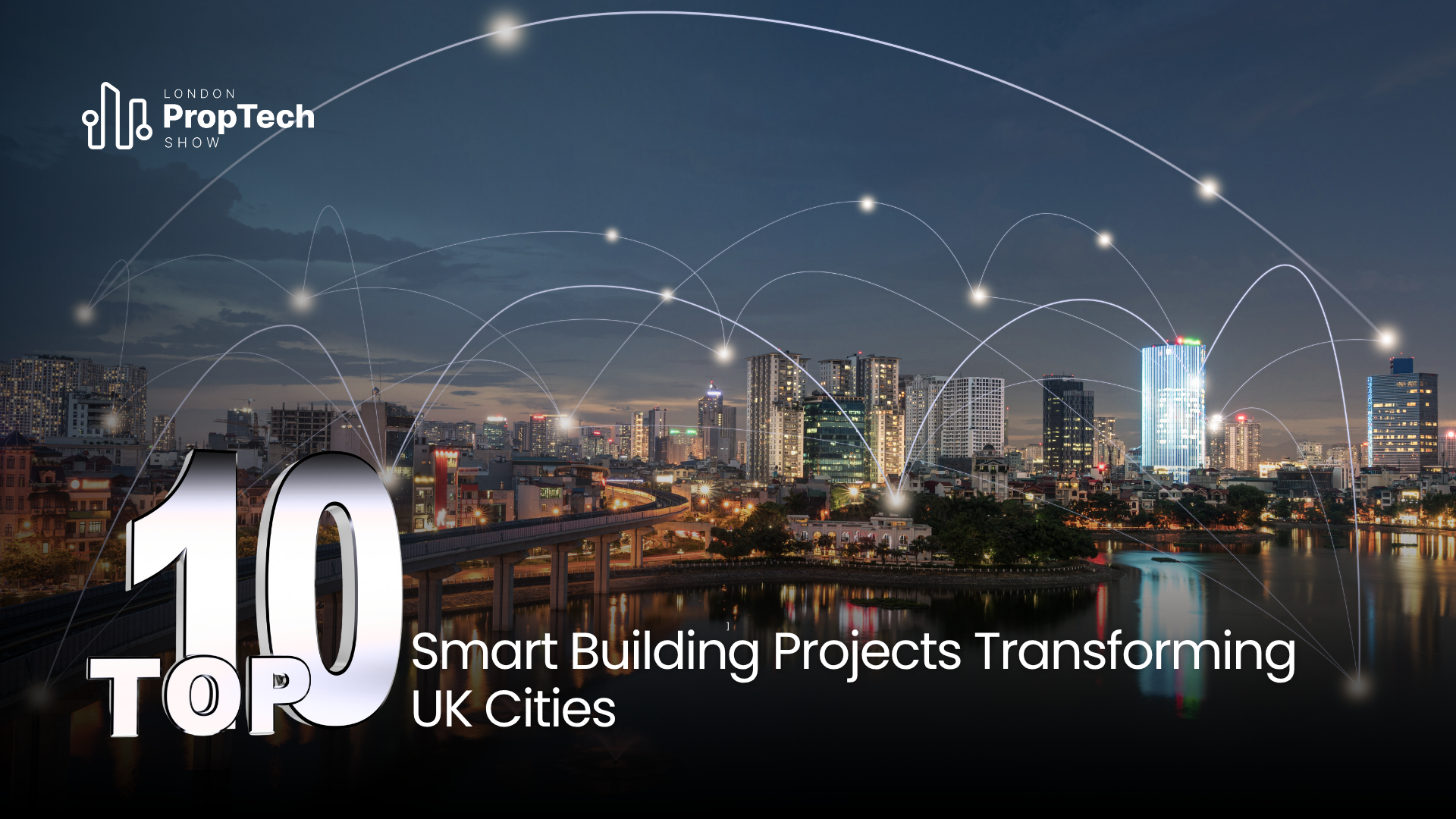The United Kingdom is experiencing an unprecedented wave of digital transformation in its built environment, driven by the rapid adoption of smart building technologies. Cities such as London, Manchester, Birmingham, and others are home to landmark projects that leverage IoT, artificial intelligence, renewable energy integration, and advanced building management systems. These innovations are turning traditional buildings into intelligent, responsive hubs that foster sustainability, health, productivity, and user-centric comforts. This article spotlights the top 10 smart building projects that are fundamentally reshaping urban life across the UK.
1. 22 Bishopsgate, London
22 Bishopsgate is more than just a new addition to London’s skyline; it stands as a model for vertical smart urbanism. The 62-storey building boasts a comprehensive ecosystem of IoT sensors and digital infrastructure that monitor energy use, air quality, and occupancy patterns. Occupants enjoy app-based controls for lighting, climate, and workspace booking, while real-time data insights enable facilities teams to optimise performance, energy savings, and safety. Notably, the "vertical village" is designed to foster community and wellbeing.
2. Bloomberg European HQ, London
Lauded as one of the world’s most sustainable office buildings, the Bloomberg HQ integrates hundreds of environmental sensors with smart shading, rainwater harvesting, and a cutting-edge ventilation system. Its BREEAM Outstanding status is supported by open-plan layouts, daylight maximisation, and user feedback loops that continually fine-tune environmental performance, making it a blueprint for healthy, connected workplaces.
3. The Spine, Liverpool
Part of Knowledge Quarter Liverpool, The Spine is designed to the WELL Building Standard; its smart features include high-specification air quality sensors, automated climate regulation, and circadian lighting. The building’s digital backbone gathers health, productivity, and usage data to optimise occupant wellbeing, energy use, and flexible space management, setting a new bar for wellness-integrated offices in the North.
4. Bruntwood SciTech, Manchester (Circle Square & Base)
Manchester’s Circle Square and Base developments are exemplars of the city’s strategy to anchor innovation districts with smart, flexible buildings. These multi-use complexes employ centralised digital management, cloud-based access and security, occupancy analytics, and intelligent HVAC to support science, tech, and creative industries. Their integration with the wider smart city infrastructure illustrates the power of data in energising urban regeneration and sustainability.
5. Enterprise Wharf, Birmingham
As Birmingham’s first smart-enabled commercial building, Enterprise Wharf is setting standards for intelligent mixed-use developments. The project utilises a single converged network to connect fire safety, lighting, HVAC, and access control. Its centralised platform allows users and managers to monitor and adjust settings in real time, fostering operational efficiency, lower costs, and superior tenant experiences.
6. Helix Innovation District, Newcastle
The Helix District unites academic, residential, and office spaces, leveraging a citywide digital twin for ongoing operational optimisation. Sensor networks track building performance, public space usage, and environmental metrics. Data from buildings feed into research that shapes Newcastle’s city-wide smart infrastructure agenda, placing Helix at the heart of urban transformation beyond the parcel boundary.
7. Edenica, London
Positioned as an "Internet of Things (IoT) first" development, Edenica’s 12-storey, BREEAM Outstanding office scheme includes distributed sensors, AI-driven building management, and materials passports to track the life cycles and embodied carbon of every building component. Tenants benefit from app-controlled amenities and tailored workspace experiences, while the owner achieves best-in-class transparency and sustainability reporting.
8. The Crystal & Royal Victoria Docks, London
The Crystal stands as a beacon of sustainable technology, housing integrated building automation systems, solar PV, ground source heat pumps, and greywater cycling. As the anchor of Siemens’ Royal Docks innovation campus, it models urban energy self-sufficiency and system integration, directly influencing neighbouring smart districts and mobility corridors.
9. The Sharp Project, Manchester
Renowned as a tech and creative cluster, The Sharp Project is a showcase for digital innovation, flexible smart offices, sensor-enabled space management, and integrated digital infrastructure. Asset tracking, centralised security, and occupancy-based power controls have made it a prototype for repurposing legacy warehousing as high-growth innovation campuses.
10. Curzon Street Tower, Birmingham (HS2 Interchange)
Slated as part of the HS2-driven regeneration, Curzon Street Tower will feature highly integrated, smart-enabled systems. These include environmental monitoring, AI-powered energy optimisation, and advanced digital connectivity throughout its commercial, retail, and leisure uses. Its smart envelope is engineered to adapt to future urban tech trends and foster interconnected growth across the new business district.
Conclusion
The leading smart building projects across the UK’s major cities are more than advanced structures; they are engines of digital transformation. By embedding connectivity, energy intelligence, wellness design, and real-time analytics, they drive down both operating costs and environmental impacts while creating adaptable, productive spaces that meet the needs of tomorrow’s urban citizens.
For property investors, city leaders, and technology specialists, these developments serve as roadmaps for future-ready cities illustrating both the commercial value and societal imperative of smart, sustainable, and connected building solutions in the UK.


